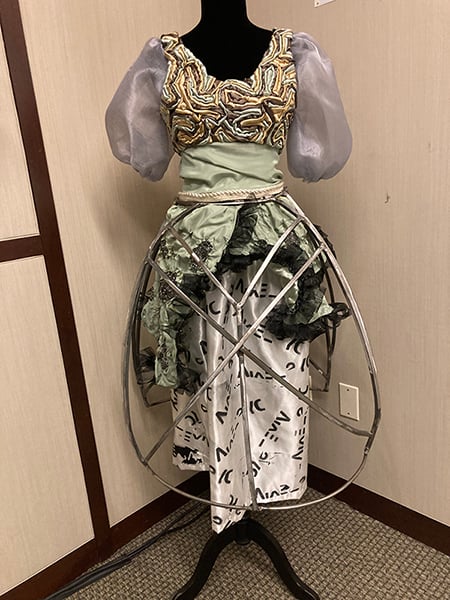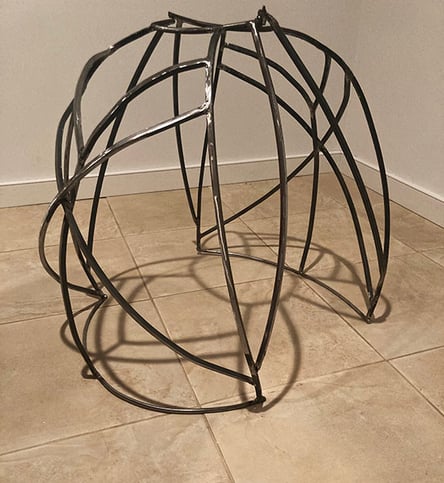DEI Committee Meeting & Senior Project Spotlight
Posted by Ross School News
Apr 01, 2022

The Ross Diversity, Equity, and Inclusivity (DEI) Committee's mission for this year is to expand our knowledge of the meaning of diversity and inclusion and what it means to provide equitable access to success for all our children. We want to take our time to educate ourselves on the varied aspects of diversity so that we can empower our children without judgment.
Our recent DEI committee meeting focused on neurodiversity, with a discussion on how schools and communities need to adapt to the different ways people learn, think, play, work and relate to each other. Instead of labeling a person with a Learning Disability, we need to look at the strengths that their neurodiversity can bring to a community and the ways we change environments so that all of us can be successful. One outstanding example of this is a Senior Project by Olivia G.

Olivia's Artist Statement
As a student that has grown up with dyslexia, I feel there is a lot of misconstrued information around this learning difference. This prompted me to create an installation inspired by my own experiences and those of others whom I interviewed in different school systems and how they approach students with dyslexia. I wish to portray the social and emotional toll that one may be forced to carry as a consequence of dyslexia.
Feelings such as frustration and anxiety were depicted using different art mediums. I wanted to see how far I could push the boundaries while still staying true to the message I wanted to portray. In this project, I utilized a combination of learned skills in fashion design, poetry, metalwork, and previous knowledge of dance. Via the path of self-discovery, I was able to unearth the emotions I wanted to convey using fashion through textures, colors, and patterns. Through a piece of self-written spoken word poetry partnered with an interpretive dance correlating to the spoken word, I hope to engage the viewer in a participatory experience that enables one to not only see my intended vision for the work but also allows the viewer to apply this as an inspiration to manage their own personal struggles.
Dress Description
Each element within the dress represents different themes related to one's struggles with dyslexia. The themes in the top half are strategically placed in this region due to its proximity to the brain and how these underlying themes affect it. Through the intricate and chaotic linework of the top, I tried to represent one's struggle with jumbled-up words when reading as well as an overarching feeling of confusion. The specificity in the placement of the linework and the way that they fit together in order to create a cohesive design is supposed to represent our brain and its ability to organize chaos. The puffy gray sleeve emulates brain fog and confusion that accompanies dyslexia and learning challenges.
Through the bottom portion of the dress, I wanted to portray all of the positive attributes that someone who suffers from dyslexia may have but tend to be overlooked, such as creativity and originality. Using different exotic textures and patterns, I hoped to achieve visualization of these unique characteristics that accompany dyslexia.
The metal structure I welded surrounding the dress can be interpreted in numerous ways. Its cage-like shape is a take on the societal and personal prison that dyslexia creates. The metal cage surrounding the skirt helps render the view that society takes towards Dyslexic people - which often is that of belittling one's creativity. The cage also personifies the constant need for support that society deems necessary for people with dyslexia. The conscious decision to put the cage on top of the skirt was made to emphasize the exaggerated 'extra help' that comes to define a dyslexic person instead of their individual personality.
Topics: Art, Performing Arts, Students, Senior Projects
Posted by Ross School News


